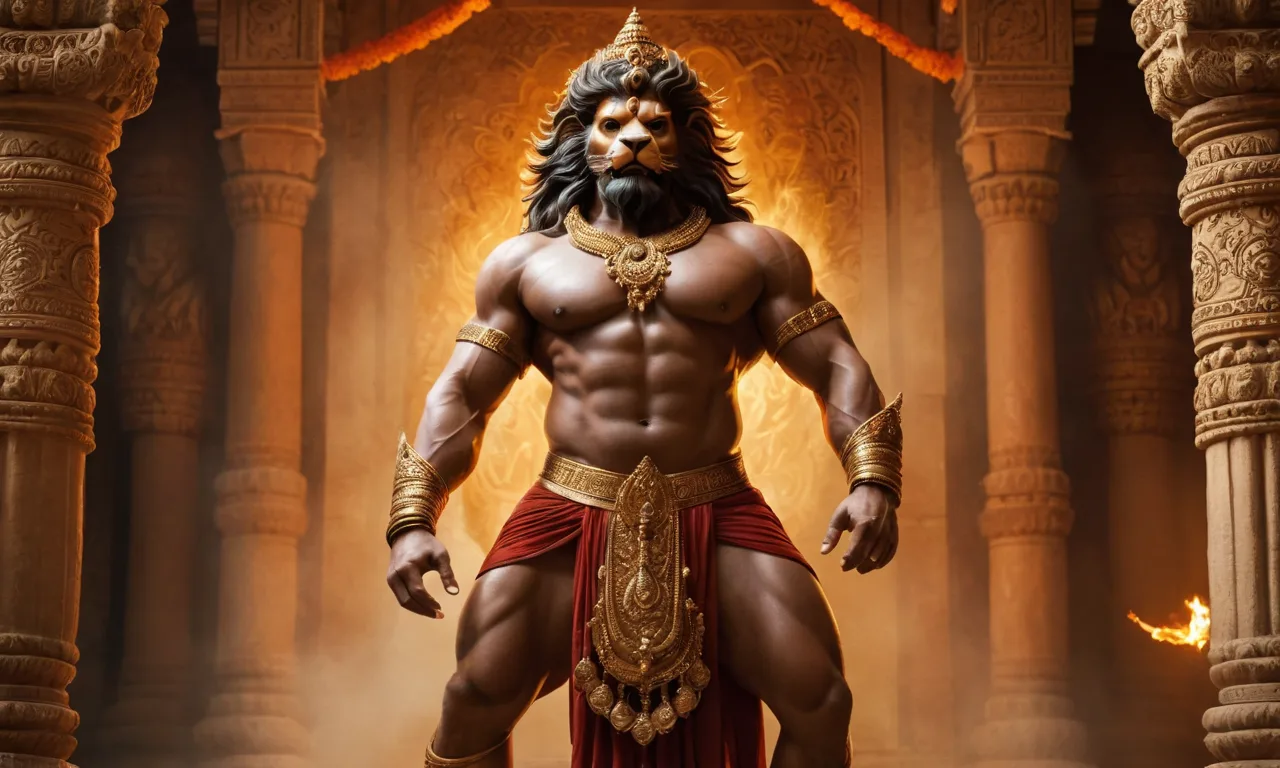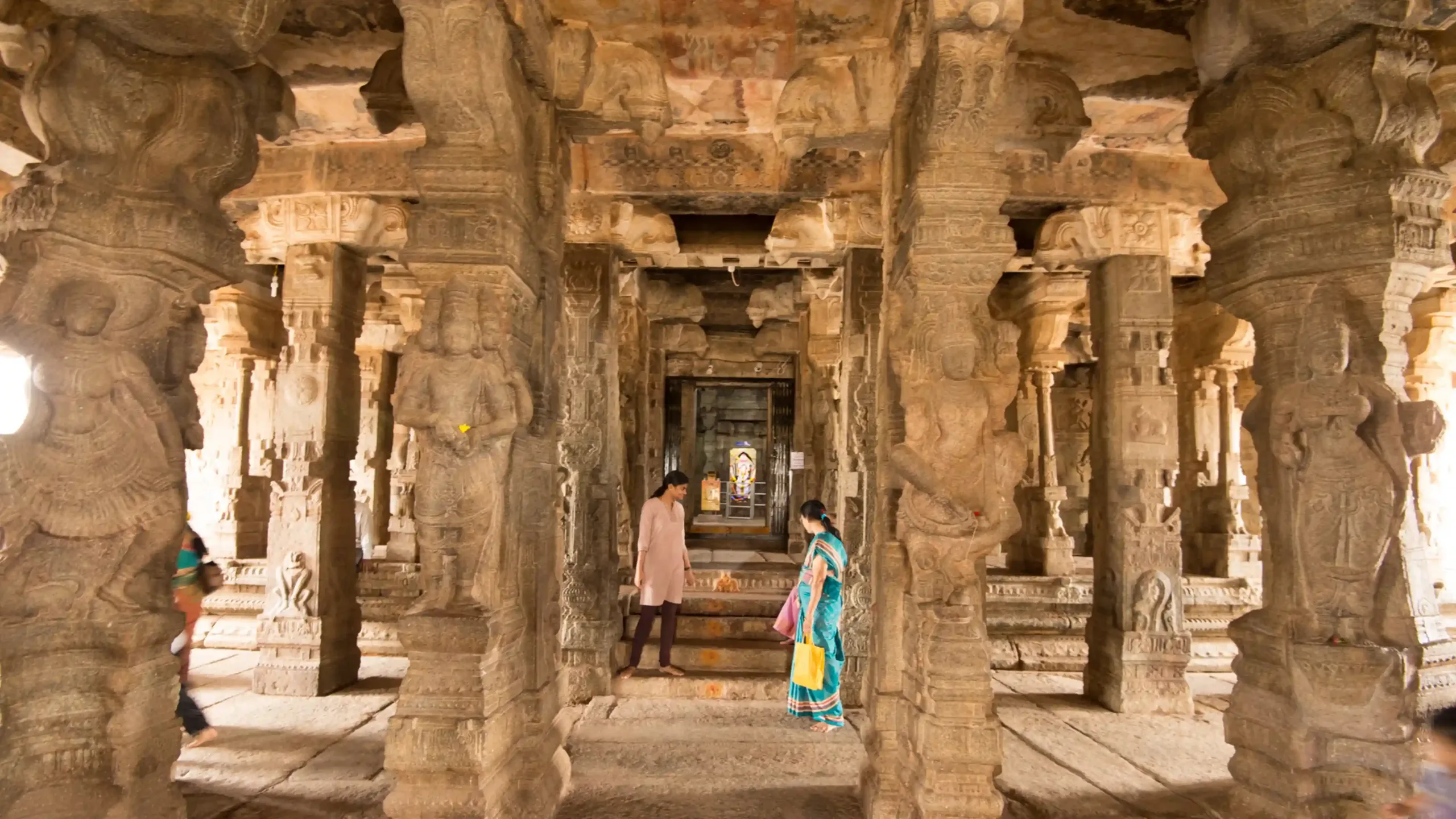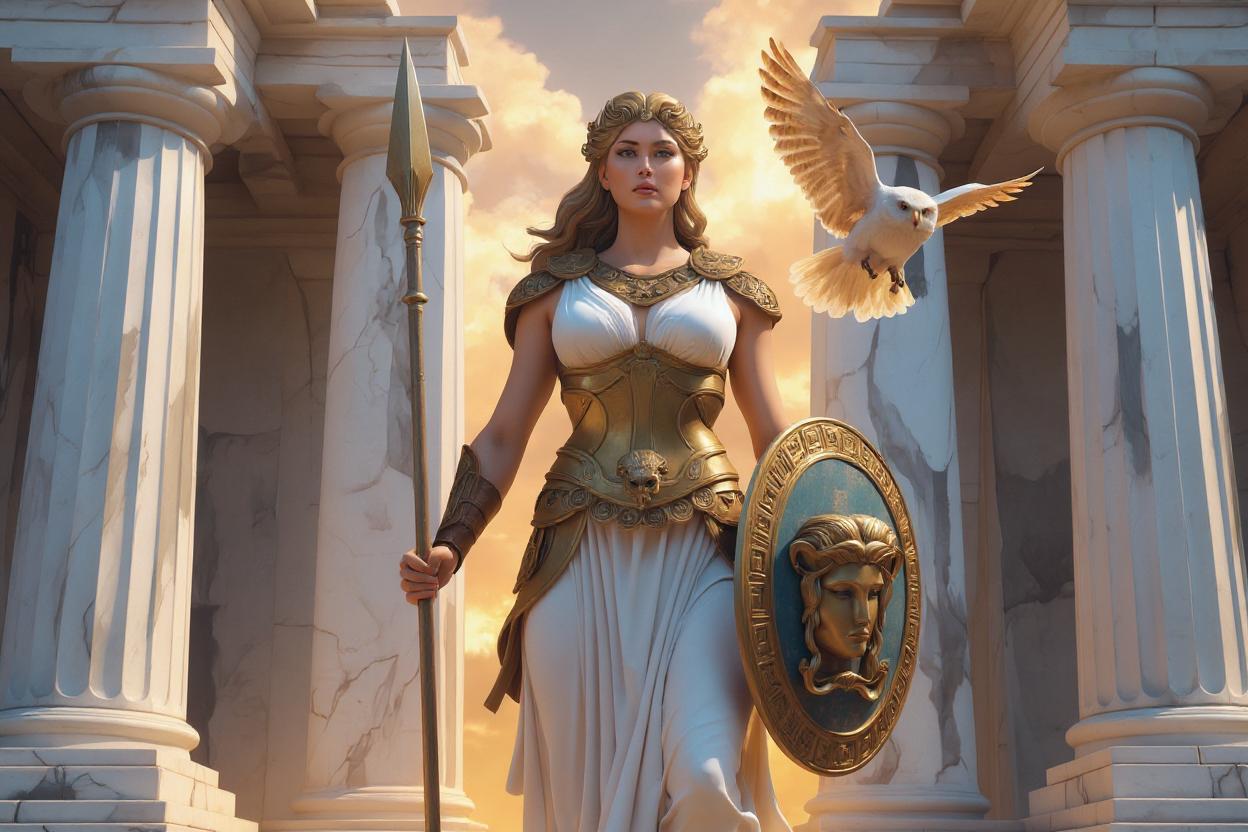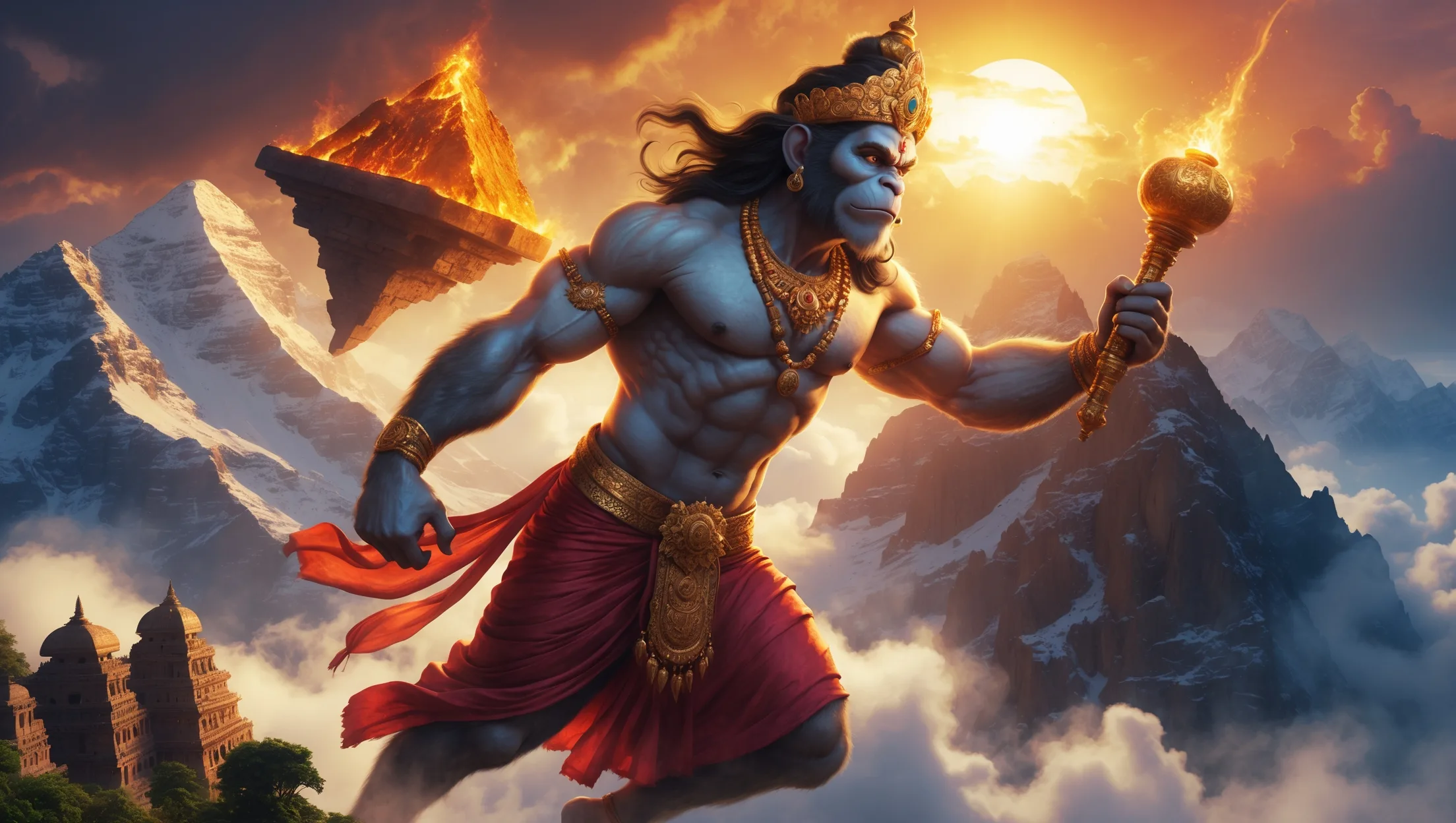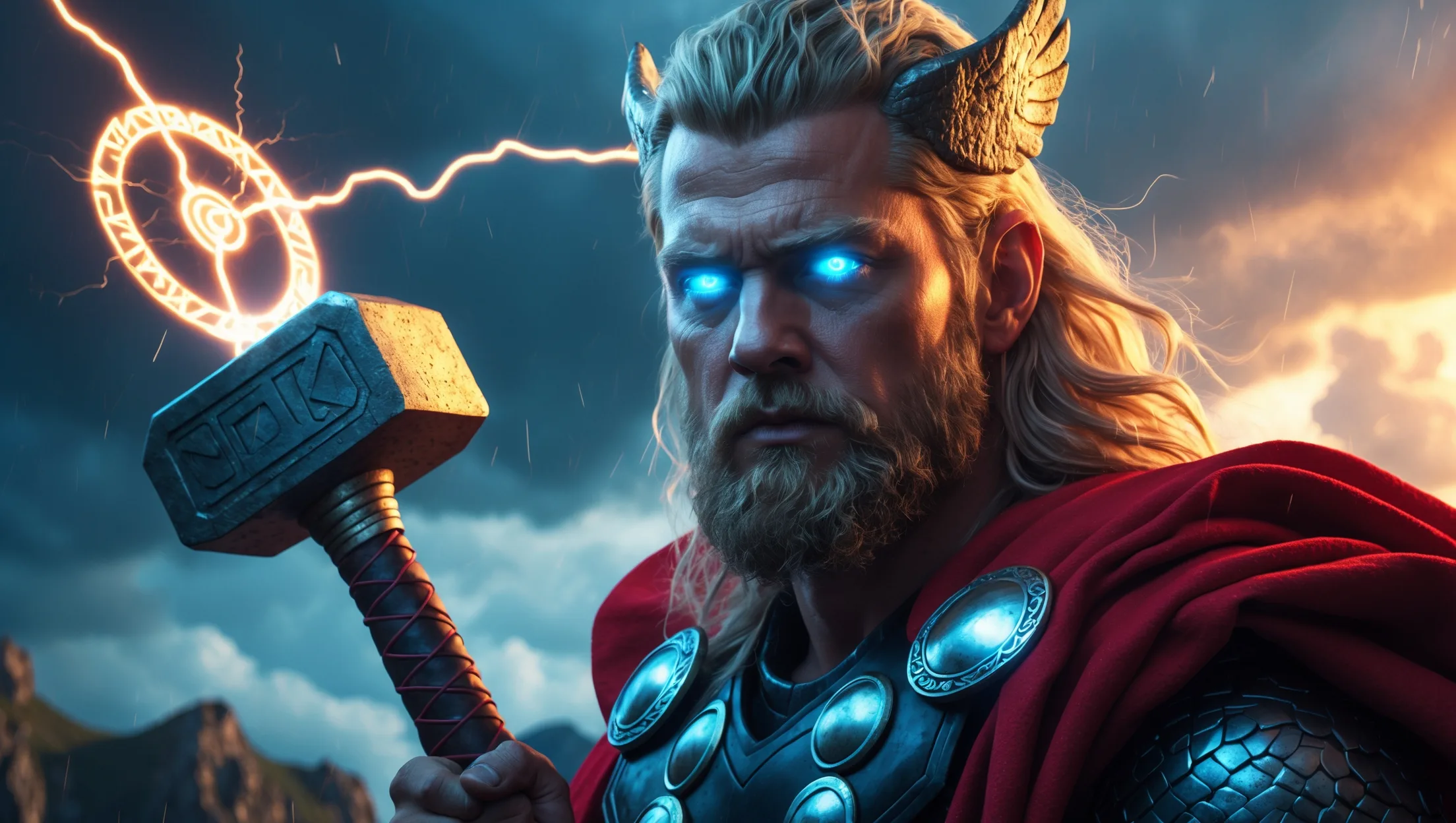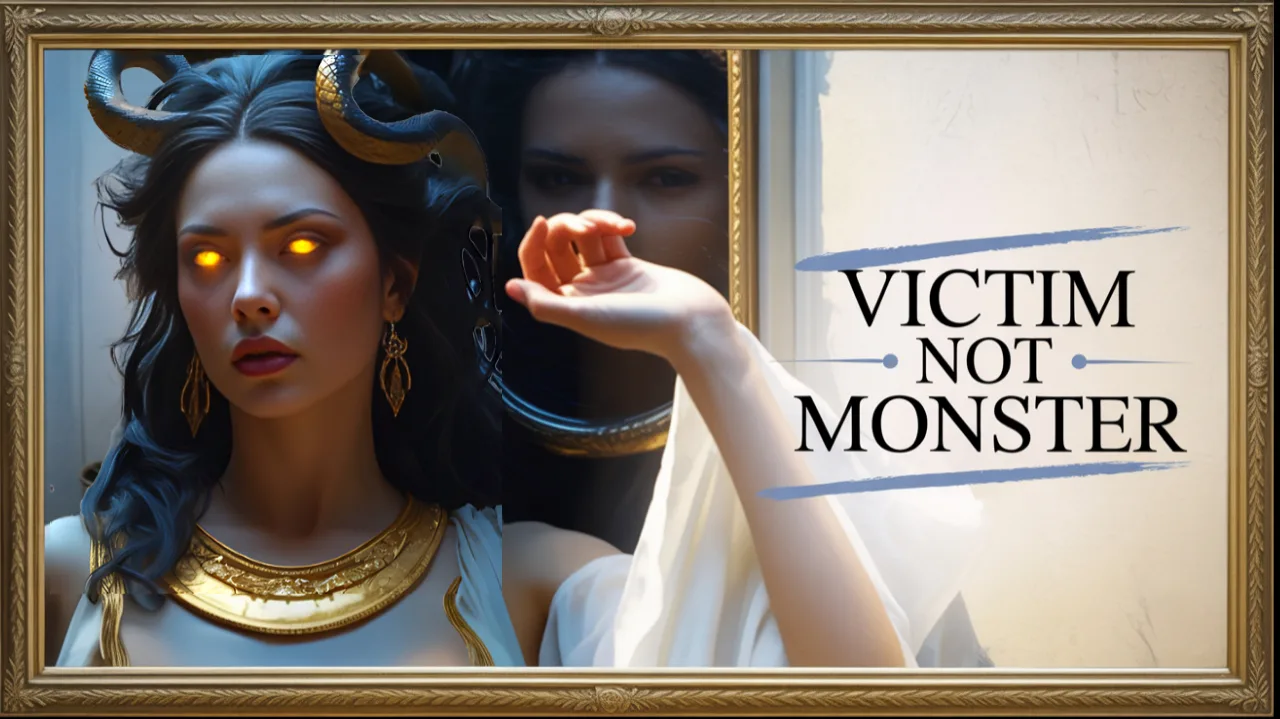Unbreakable Faith: 4 Lessons from Lord Narasimha & Prahlad
Introduction In the grand tapestry of Hindu mythology, few tales are as powerful, dramatic, and spiritually profound as that of Lord Narasimha and his devotee, Prahlad. This timeless story, woven into the fabric of the Bhagavata Purana, Vishnu Purana, and various Puranic texts, symbolizes the eternal triumph of good over evil, faith over tyranny, and … Read more

